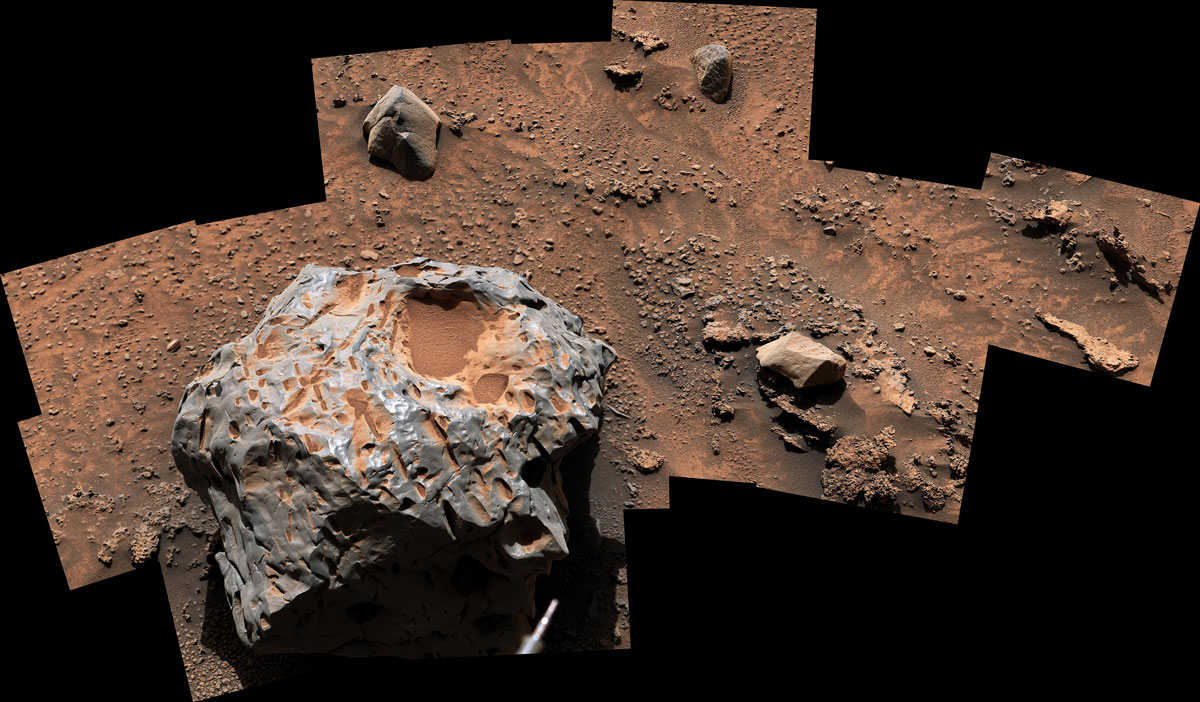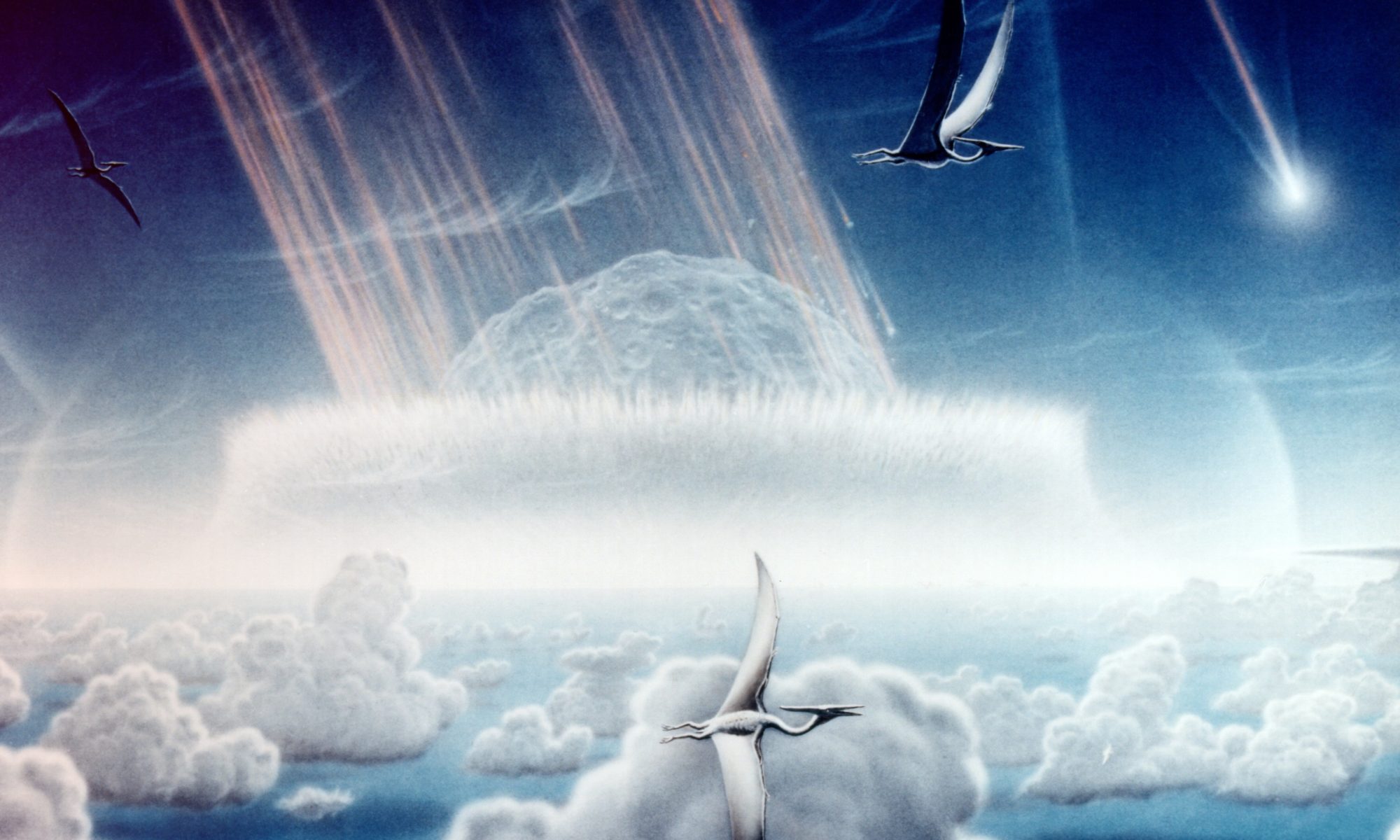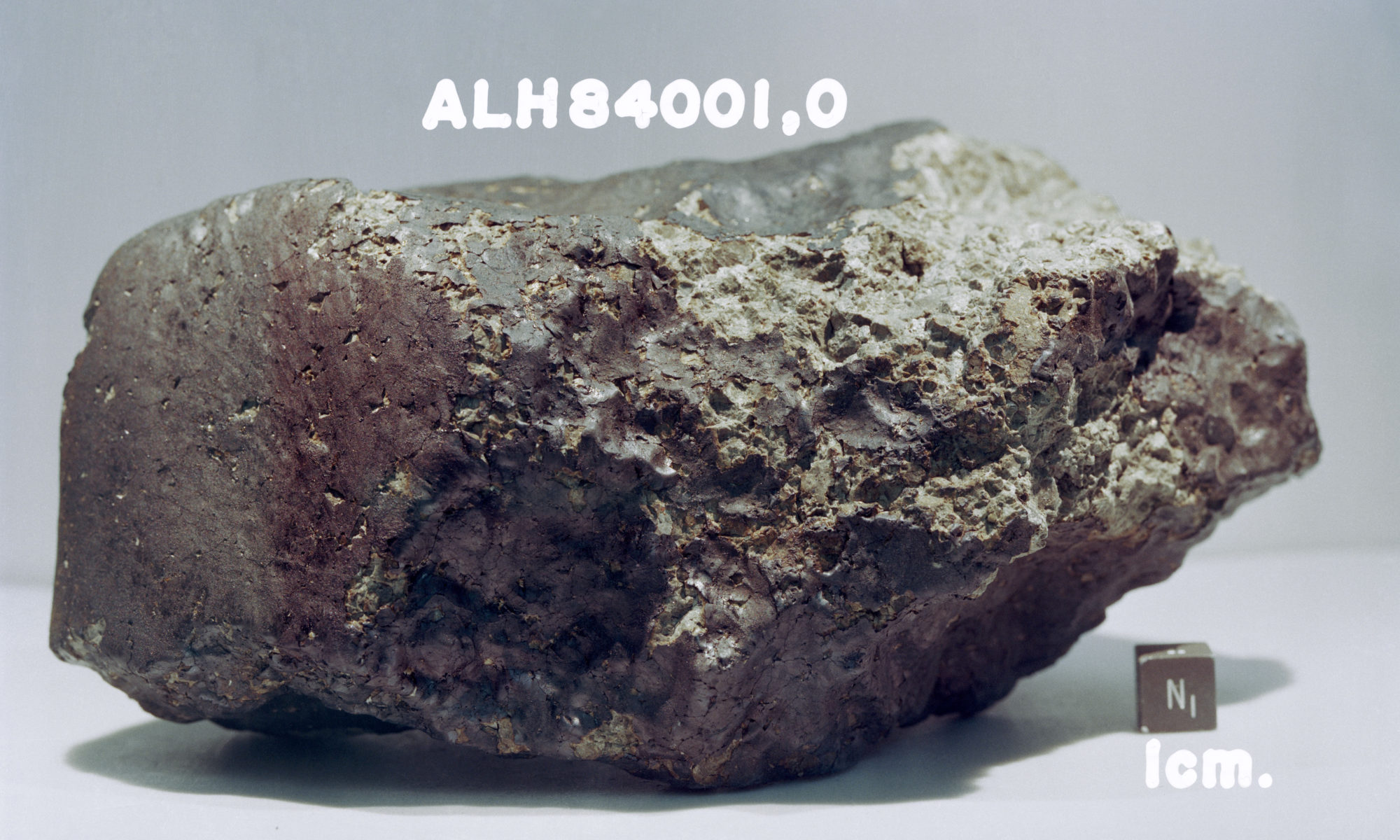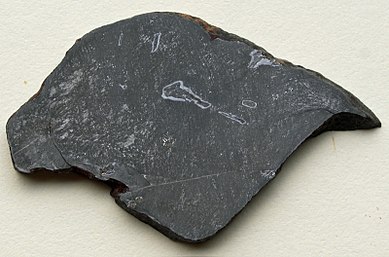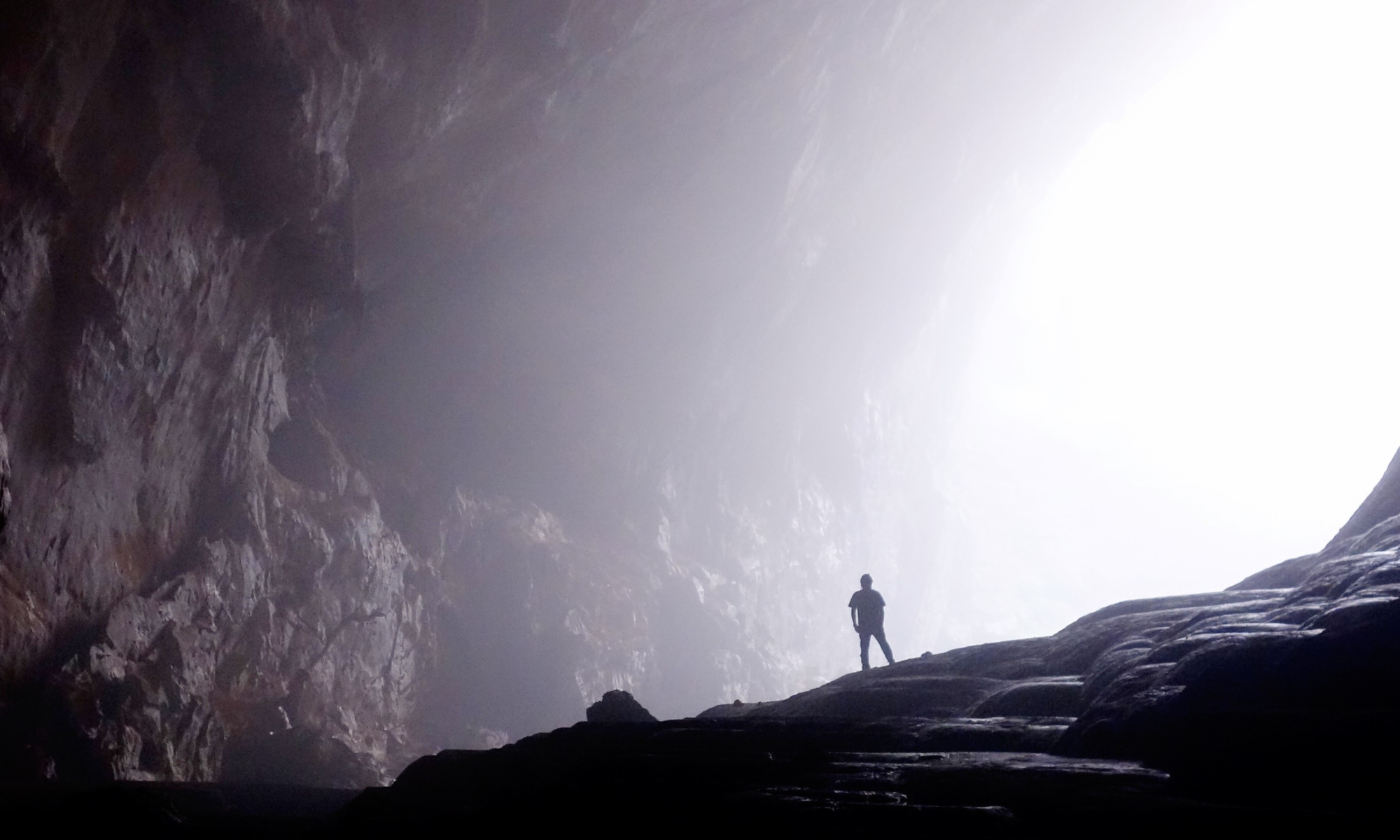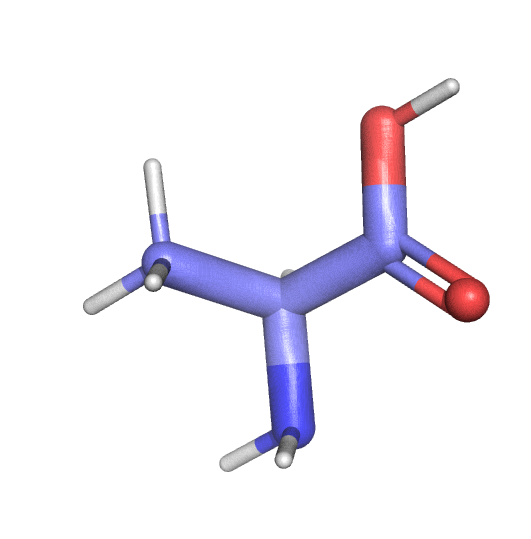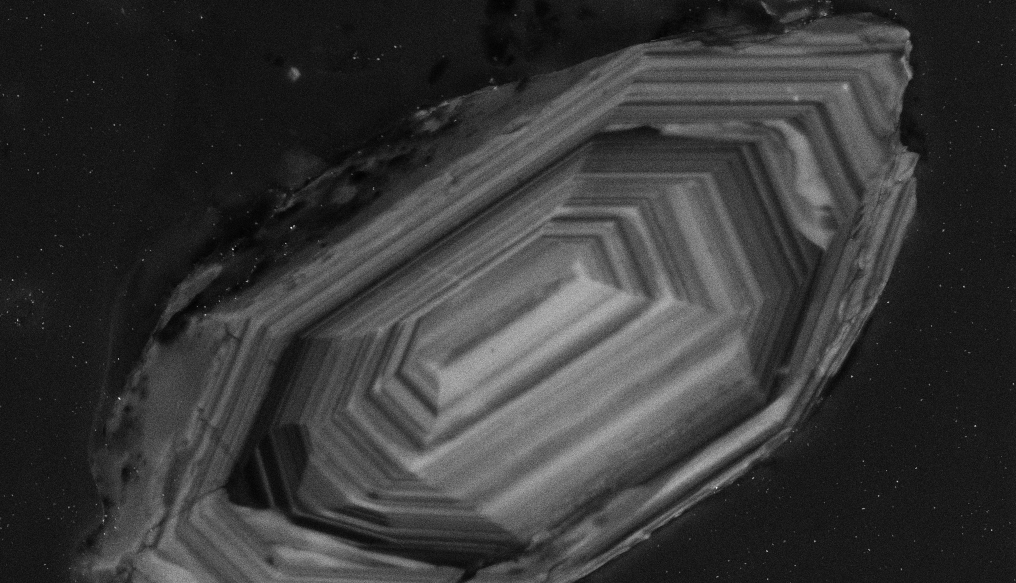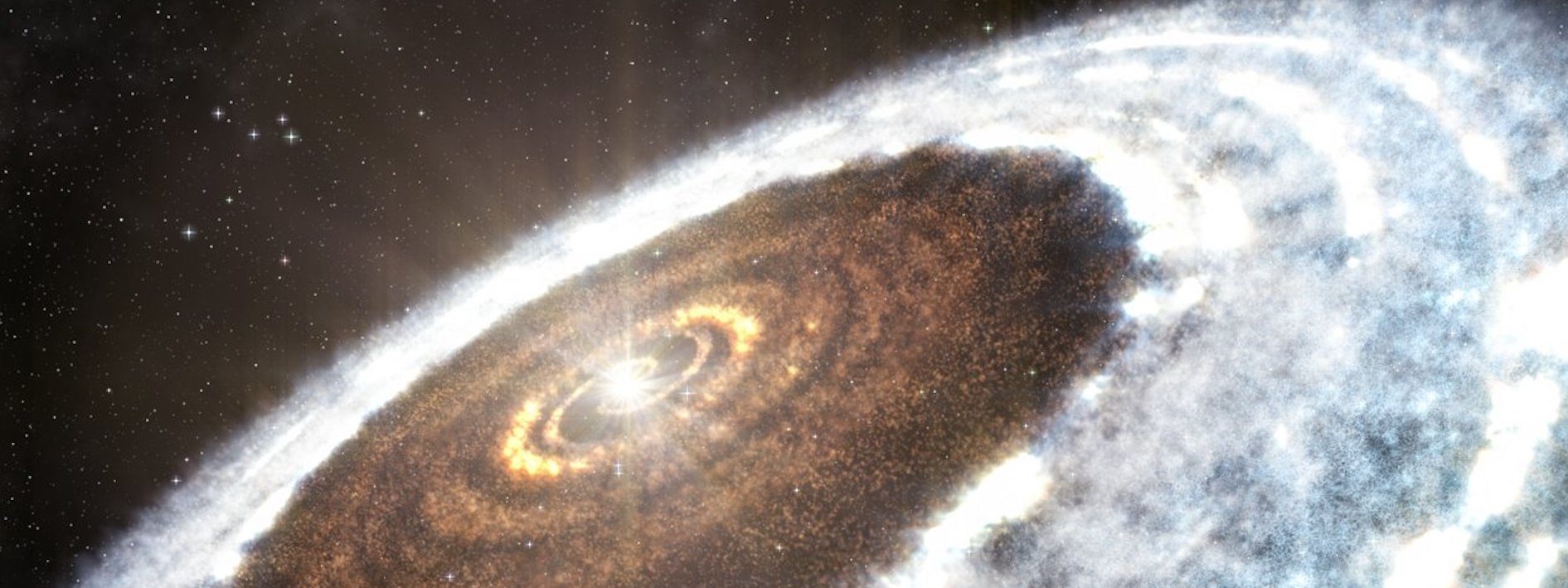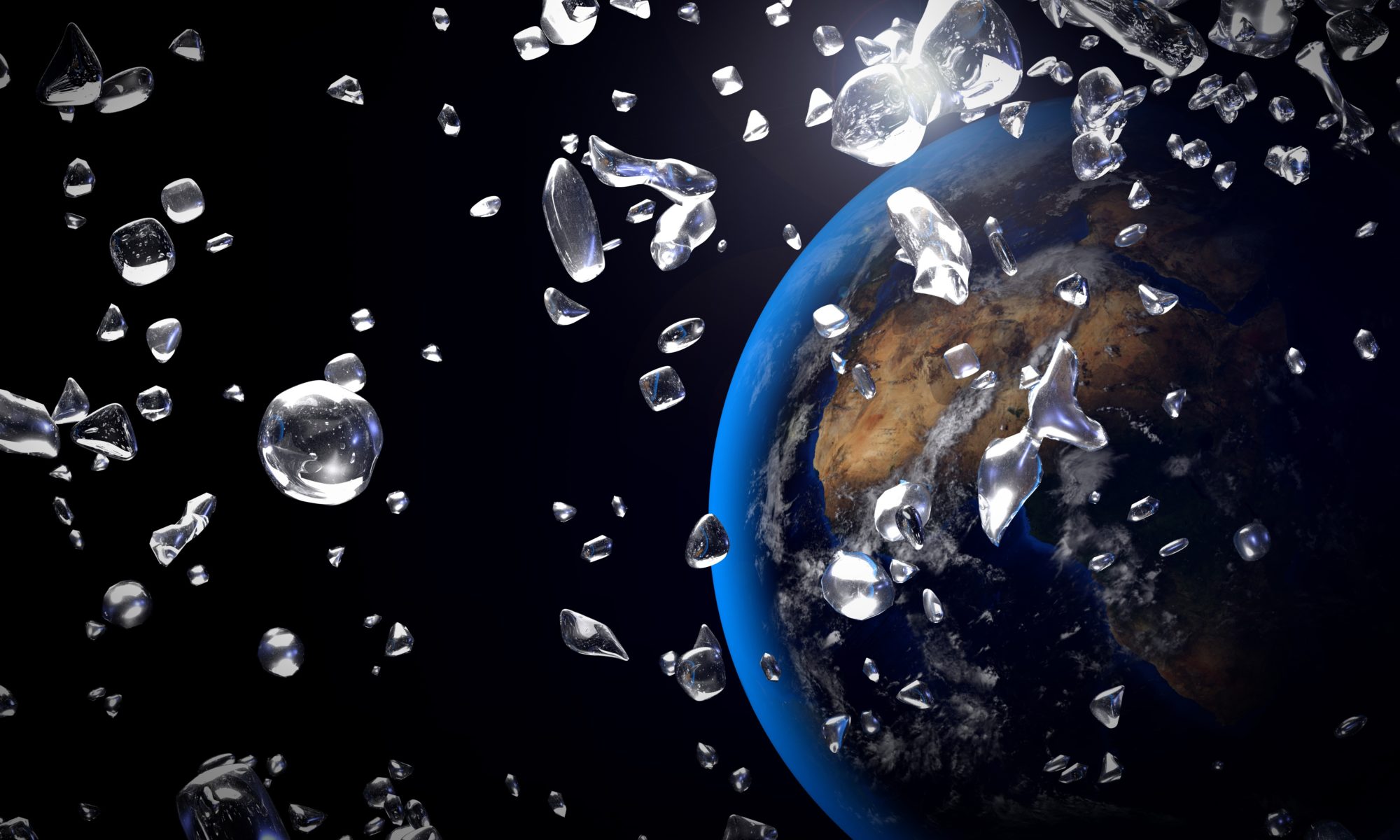Featured image: ‘Cacao’ meteorite in Gale crater, Mars – MastCam mosaic comprised of 19 images. Credit: NASA/JPL-Caltech/MSSS.
Author: Rice M S et al., (2022)
On the 28th January 2023 NASA’s MSL Curiosity rover team confirmed the rock ‘Cacao’ as an iron-nickle (Fe-Ni) meteorite on the surface of Mars. Curiosity captured images of a silvery-grey rock, very distinctive among the beige-red sedimentary landscape it is currently exploring. Cacao is a ‘float’ rock, meaning is it not embedded within the bedrock and is not where it formed. Float rocks are common on Mars, but many can be traced back to the upper ledges of slopes they have fallen from, or as ejecta from a nearby impact. Cacao has joined a special group of float rocks that are distinct in appearance, genetic composition, and origin.
Continue reading “‘Cacao’ meteorite and other Fe-Ni meteorites on Mars”
